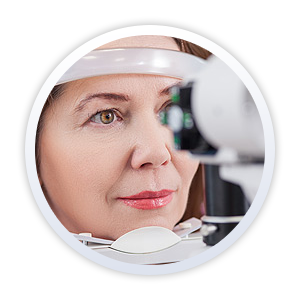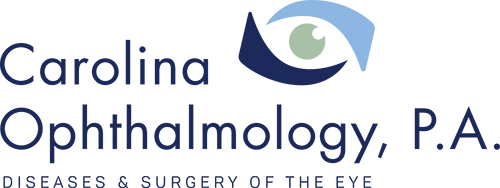What is myopia?
Nearsightedness, also referred to as myopia, is a focusing defect of the eye where people have difficulty seeing at distance but usually can read fairly well at close. It is caused when light rays coming from a distant object are brought to focus in front of the retina thus rendering the image blurry. Myopia can be caused by an abnormal curvature of the cornea or lens and/or by an eyeball that is “too long”. Myopia can also be caused by changes to the lens of the eye, such as occurs in early cataracts. Myopia is a common vision condition and in the United States, prevalence has been estimated at 20 to 30%.
What causes myopia?
Myopia is generally considered to be hereditary, although there are some disease processes such as cataract which can induce myopia.
How do I know if I have myopia?
Myopia is typically diagnosed during a comprehensive eye exam through a test known as a refraction. Symptoms of myopia include difficulty seeing objects in the distance, such as watching television or looking at a chalkboard. Other symptoms include frequent headaches and eyestrain. If you experience any of these symptoms, you should consult your eye care professional right away.
Are there any treatments for myopia besides correction with glasses or contact lenses?
With advances in technology, many people with myopia may be candidates for procedures such as LASIK surgery (laser vision correction). Check with your ophthalmologist to determine if this option is right for you.





